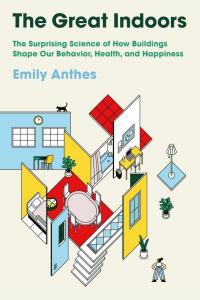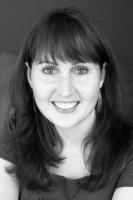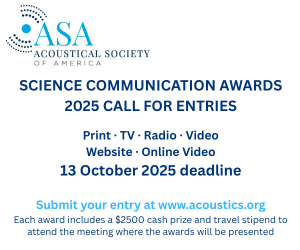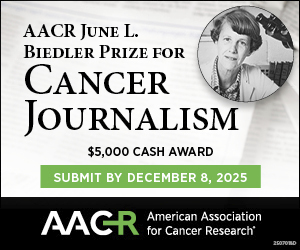
Emily Anthes: The Great Indoors
THE SURPRISING SCIENCE OF
HOW BUILDINGS SHAPE OUR BEHAVIOR,
HEALTH, AND HAPPINESS
Emily Anthes
Scientific American/Farrar, Straus and Giroux, June 23, 2020
Hardback, $28.00, ebook, $14.99
ISBN-10: 0374166633; ISBN-13: 978-0374166632
ASIN: B07Y73DTNW
Anthes reports:
I began exploring the science of indoor spaces more than a decade ago, when I wrote about collaborations between neuroscientists and architects for Scientific American Mind. The idea for a book didn’t occur to me until 2013 or so, when I began seeing studies about the “indoor microbiome.” Scientists were surveying the microbes that lived in our buildings, and their findings were staggering: there were tens of thousands of species of bacteria and fungi in our homes. The studies made me realize that our indoor spaces are complex ecosystems. Thinking about buildings as rich landscapes opened up all sorts of possibilities.
I already had an agent from my previous book, Frankenstein’s Cat, and I was hoping to work with the same editor again. Both of them gave me feedback as I developed my proposal. The editor did end up buying the book, and I used a significant portion of my advance to fund travel.
I worked early on to identify buildings that I wanted to feature, like an elementary school that was designed to nudge kids to be more physically active and a women’s jail that was designed to be more restorative than punitive. I asked the architects who had designed them to give me personal tours. These tours were invaluable and led to some of the best scenes in the book. I was able to describe, for example, one architect’s horror at discovering a large freezer of ice cream in a school cafeteria she’d designed to encourage healthy eating and her covert attempt to hide the chocolate milk.My biggest challenge was in narrowing the scope of the book. In retrospect, I wish I had thought through the focus and scope more carefully at the proposal stage.
My advice for aspiring authors is to make sure you really love your book idea. You’ll be living with it and thinking about it for a long time, and there’s no guarantee of riches at the end. (There probably will not be riches at the end.) You have to enjoy the process itself and be passionate about the story you’re telling.
Contact info:
- Emily Anthes, emily.anthes@gmail.com, http://www.emilyanthes.com
- Book: https://us.macmillan.com/books/9780374716684
- Publicist: Chloe Texier-Rose, 917-969-8447, chloe.texier-rose@fsgbooks.com
- Agent: Abigail Koons, akoons@parkfine.com
NASW members: will your book be published soon? Take advantage of this opportunity for shameless self-promotion. Submit your report for Advance Copy.
Tell your fellow NASW members how you came up with the idea for your book, developed a proposal, found an agent and publisher, funded and conducted research, and put the book together. Include what you wish you had known before you began working on your book, or had done differently.
See https://www.nasw.org/advance-copy-submission-guidelines.
Review Advance Copy archives at https://www.nasw.org/member-article/advance-copy.
Thinking of writing a book? If you are a NASW member, you may access a list of more than 150 books and online resources to help you craft your book proposal, find an agent and funding sources, negotiate your contract, learn about self-publishing, publicize and market your book, and more at https://www.nasw.org/article/write-book.
Send book info and questions about book publishing to Lynne Lamberg, NASW book editor, llamberg@nasw.org.
Hero image by Franciele da Silva on Unsplash.
Advance Copy
The path from idea to book may take myriad routes. The Advance Copy column, started in 2000 by NASW volunteer book editor Lynne Lamberg, features NASW authors telling the stories behind their books. Authors are asked to report how they got their idea, honed it into a proposal, found an agent and a publisher, funded and conducted their research, and organized their writing process. They also are asked to share what they wish they’d known when they started or would do differently next time, and what advice they can offer aspiring authors. Lamberg edits the authors’ answers to produce the Advance Copy reports.
NASW members: Will your book be published soon? Visit www.nasw.org/advance-copy-submission-guidelines for information on submitting your report.
Publication of NASW author reports in Advance Copy does not constitute NASW's endorsement of any publication or the ideas, values, or material contained within or espoused by authors or their books. We hope this column stimulates productive discussions on important topics now and in the future as both science and societies progress. We welcome your discussion in the comments section below.




